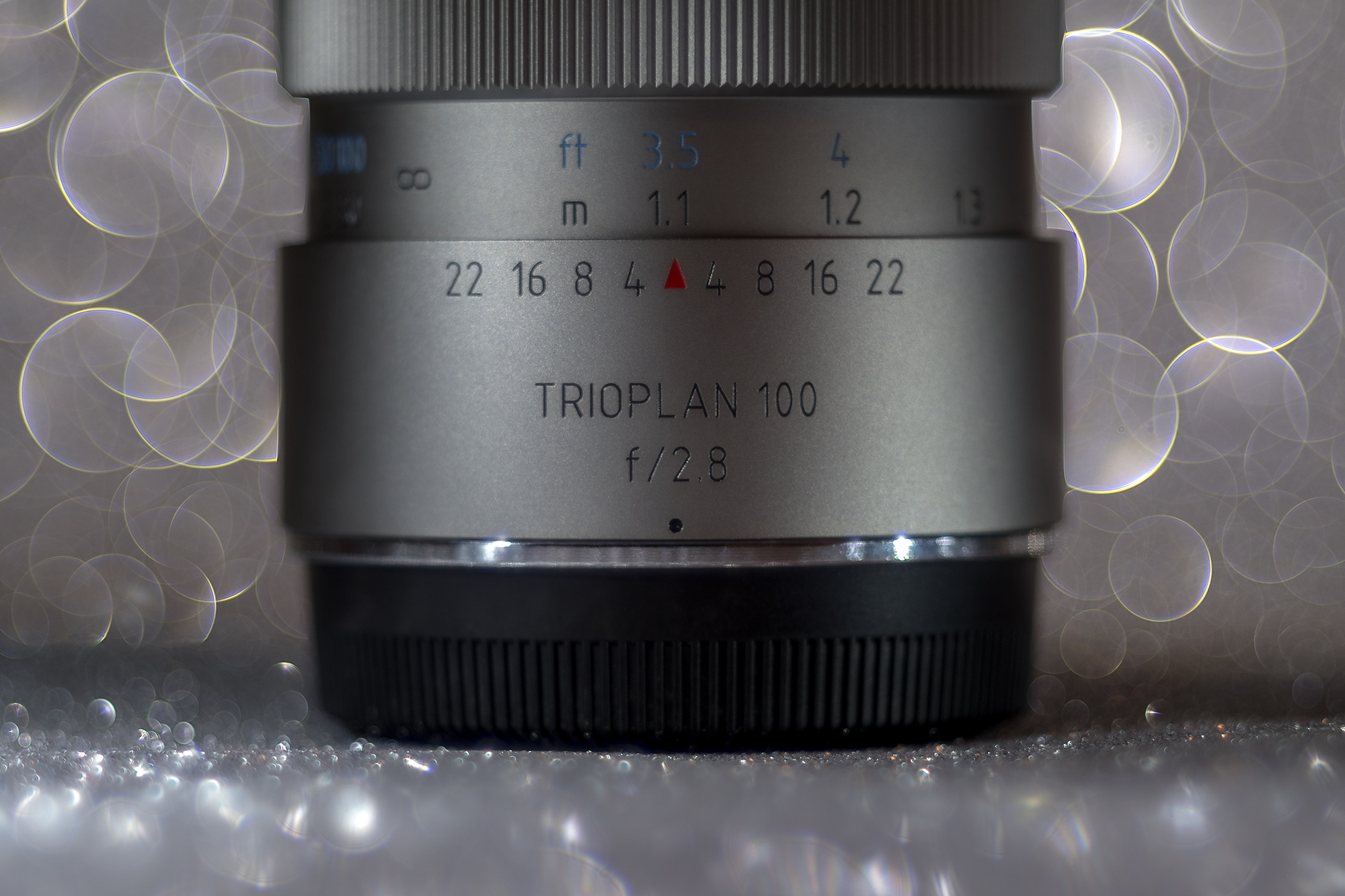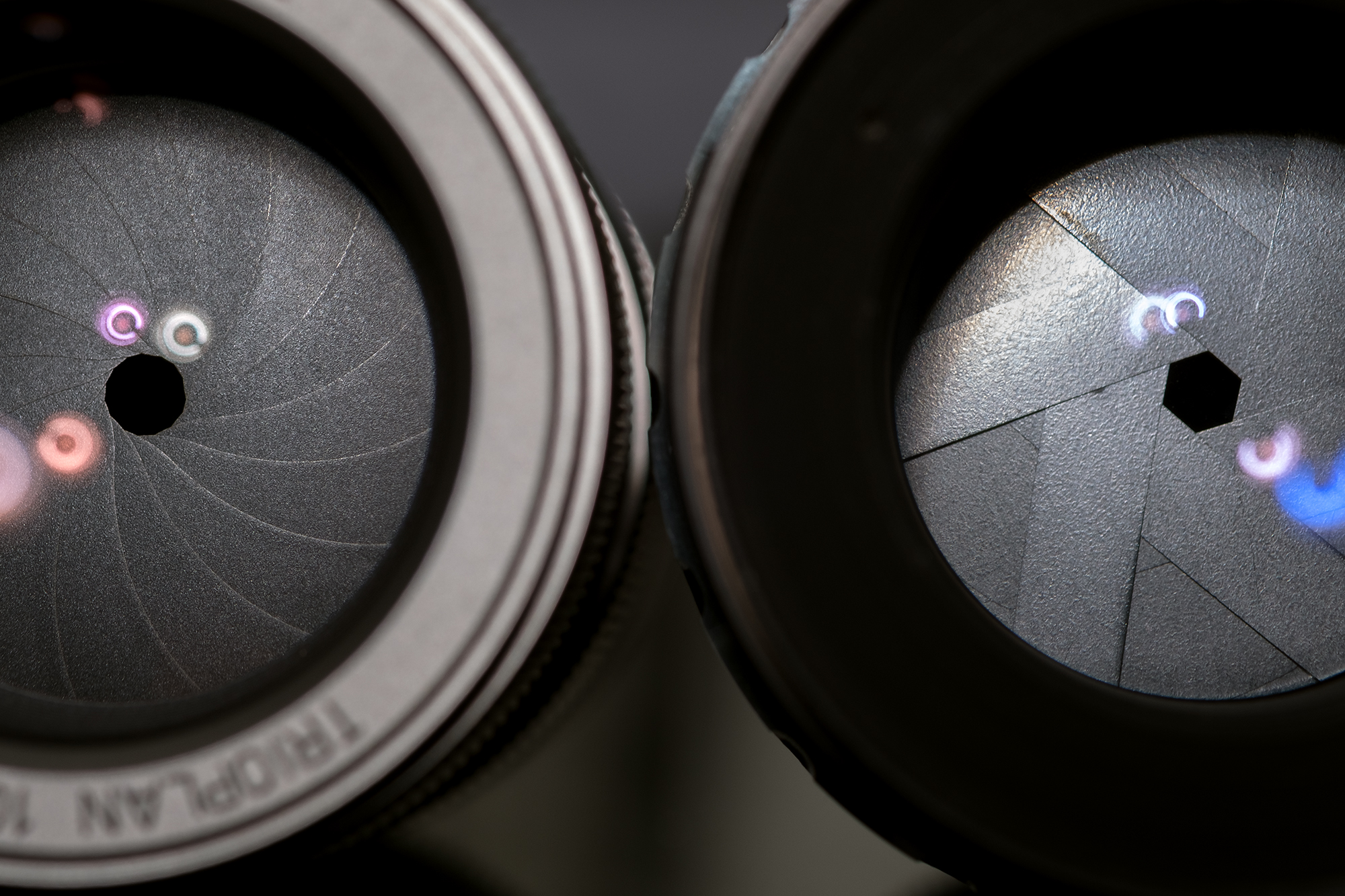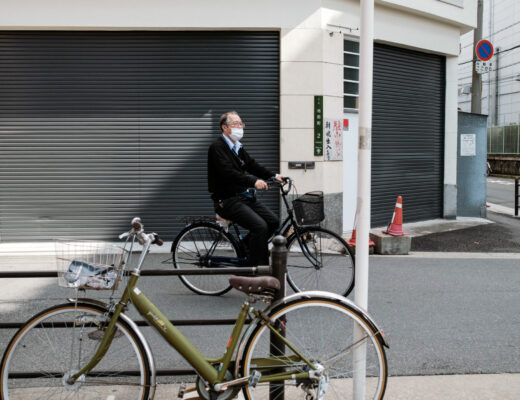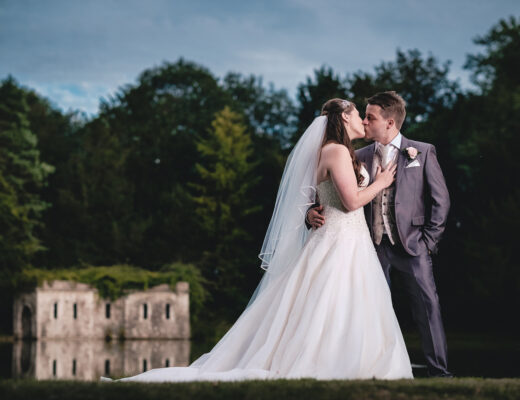In the thirties a German company called Meyer designed a lens based on the concept of the Cooke triplet (the first lens system that allowed elimination of most of the optical distortion or aberration at the outer edge of lenses). Based on that lens, the Trioplan comprises three lenses further distinguished in three groups. The length of the camera lens corresponds to the focal length of 100mm. A that times a lens with an aperture of f/2.8 was a very fast, wide-aperture lens. My Trioplan is the last old version of the Trioplan N. In 1960 this version was constructed as a totally revised design. It had a considerably upgraded black camera body as well as an automatic pressure orifice. Furthermore, a high-index lens had been used, which considerably improved the optical performance in comparison to the preceding models. However, the optical formula remained the same.
But what exactly makes every Trioplan so special?
It is definitely the bubble bokeh, which is – in accordance to the slogan “love it or hate it” – either strongly appreciated or disliked, because the aesthetics of bokeh is unquestionably still a matter of taste.
How to achieve a bokeh?
Actually, a bokeh is nothing else than an aberration.
At a certain incidence of light and a suitable background, mirror images of the glass surface as well as of the glass edges are being produced, which superimposes the entire picture. Strictly speaking, it shows a bokeh aesthetics which exactly represents the opposite of modern computerized lenses creating a rather smooth bokeh.
Though, the pictures taken with a Trioplan do have that certain indefinable something! Their particular look and charm turned them into a cult lens. Therefore, I was even more curious whether the new and modern Trioplan would stand up to its predecessor model from the sixties, as well as to its previous version. Moreover, I wondered to what extent it will differ.
The new Trioplan arrives in a simple black and white package.
Out of this package, you pull out the real packaging of the Trioplan. It is covered with a foil in leather look and contains an imprinted Meyer Optik logo, which is indeed very nice!
After opening the package, I was surprised. There was the legend – stored in a foamed material covered with velvet. What immediately stuck with me was the fact that it was not black! For the purpose of testing it, we got a titanium grey colored limited version from Meyer Optik!
According to the manufacturer, the titanium anodizing is a special process, which makes the lens highly resistant.
This design is limited to 100 pieces and costs 1000 euros more than the black design.
Additionally, there is a one more design covered with gold leaf, which costs 3499 euros and is limited to 10 pieces only – this design is already sold out.
Besides, there are three small cards in the package:
- a card with some information about the 5-years guarantee
- a card containing some information about how a bubble bokeh is being achieved
- and finally some congratulations – a small card that congratulates the customer on the purchase of the 100-years-anniversary-edition and which further informs the customer that there is a possibility of contracting a guarantee insurance of 10 years.
The lens does not only have a noble look, but it feels that way too.
After removing it from the good-looking package, one immediately recognizes that it is of high quality. It has got a semi-gloss finish, which is relatively resistant to fingerprints and which contains precise and fine engravings. The focus ring runs with appropriate resistance and thus it allows precise manual focusing.
In comparison to the preceding model, this ring is also more advantageous. It is now possible to hold the camera body while pressing the focus ring. The second ring, which is likewise very grooved and massive, is responsible for the aperture. It runs continuously from f/2.8 to f/22 and has 15 lamellae with anti-reflection treatment. In contrast to the N design, the aperture opening dates back to the sixties and it is almost circular with regards to all aperture stops. The glass-coating gleams reddish. The lens hood, which can be screwed off, is also made of metal. It has a matt black finish and about the same width as the Fujifilm MCEX-16 extension tube. Even the end cover contains a small piece of brown leather with integrated Meyer Optik logo. According to the manufacturer, the titanium design is exclusively handcrafted in Germany.
In the following test shoot, I made a comparison between the new Trioplan (2016) using a Fujifilm X-T1 / X-T20 and the old Trioplan N (1960) with a Fujifilm X-T10. The MCEX- 16 has also been used for some of my photo shoots.
These are the images taken with the old Trioplan version N (1960) mounted on the Fujifilm X-T10:
These are the images taken with the new Meyer Optik Görlitz Trioplan 100mm f/2.8 mounted on the Fujifilm X-T1:
These are the images taken with the new Meyer Optik Görlitz Trioplan 100mm f/2.8 mounted on the Fujifilm X-T20:
What can be seen is that the picture quality as well as the bokeh effect is almost identical with regard to both lenses. To me it seems, as if the modern Trioplan can be characterized as slightly smoother at open aperture. Besides, the “glow” of bright areas in the picture is a little bit more significant when directly compared to the model N.
Concerning this matter, Meyer Optik says the following:
“As far as possible, the lens corresponds to the former plans. But of course we cannot draw on the former type of glass, but instead we have to use modern glass, which has slightly different optical characteristics. Thus, there are differences. As far as possible, the glass is from brand Schott and Ohara. The image performance is supposed to be similar to the former configuration, but in fact it is always a bit different. This means that it can neither be considered as good nor bad, but it is rather something different and does not change the properties of the Trioplan. Moreover, it is considerable that it took a long time to design the former Trioplan (including various configurations). That is to say that there are strong deviations, which are due to its age. In our test, we used a lot of old lenses, which were in poor condition. Thus, it is not that easy to speak of the “old Trioplan.”
For bokeh fans and those who are interested in the old (new) lenses, this lens is without doubt sort of a dream lens.
But there are still alternatives at a high cost from previous years, which do not include Fuji X Mount and a product warranty….there is one thing to be stressed: these products are ‘still’ available on the market, but the question which immediately arises is the following: how long will they exist on the market…..?
My old N version of the Trioplan requires an Exacta adapter to attach it to a Fujifilm X camera.
Unfortunately, it is not as fixed as a M42 adapter and thus moves easily.
It occasionally happens that you unconsciously touch the locking lever of the adapter so that the lens is likely to fall off. This is a deficiency, which you are definitely not confronted with when using the modern Trioplan!
The “price factor”
This is what Meyer Optics said with reference to the price:
„Due to the new types of glass and the present manufacturing tolerances, the optical formula must have been recalculated (even though not entirely). But the crucial point is the manual work as well as the small quantities, which we manufacture in Germany only. The point here is not the cost of materials, but rather the manual work”.
Maybe the following comparison reveals the point: why do we pay a couple of thousand euros for a watch, which is wound manually and which even has to be set by hand to ensure the date changes, when you are also able to acquire a watch for a considerably smaller price, which runs automatically with common quartz accuracy and which maybe even automatically changes over between winter and summer time? It is always the following question which arises in this particular context: to what extent do we love something rather special and the feeling of holding a handmade and a nearly one-of-a-kind item in one’s hand?

























































